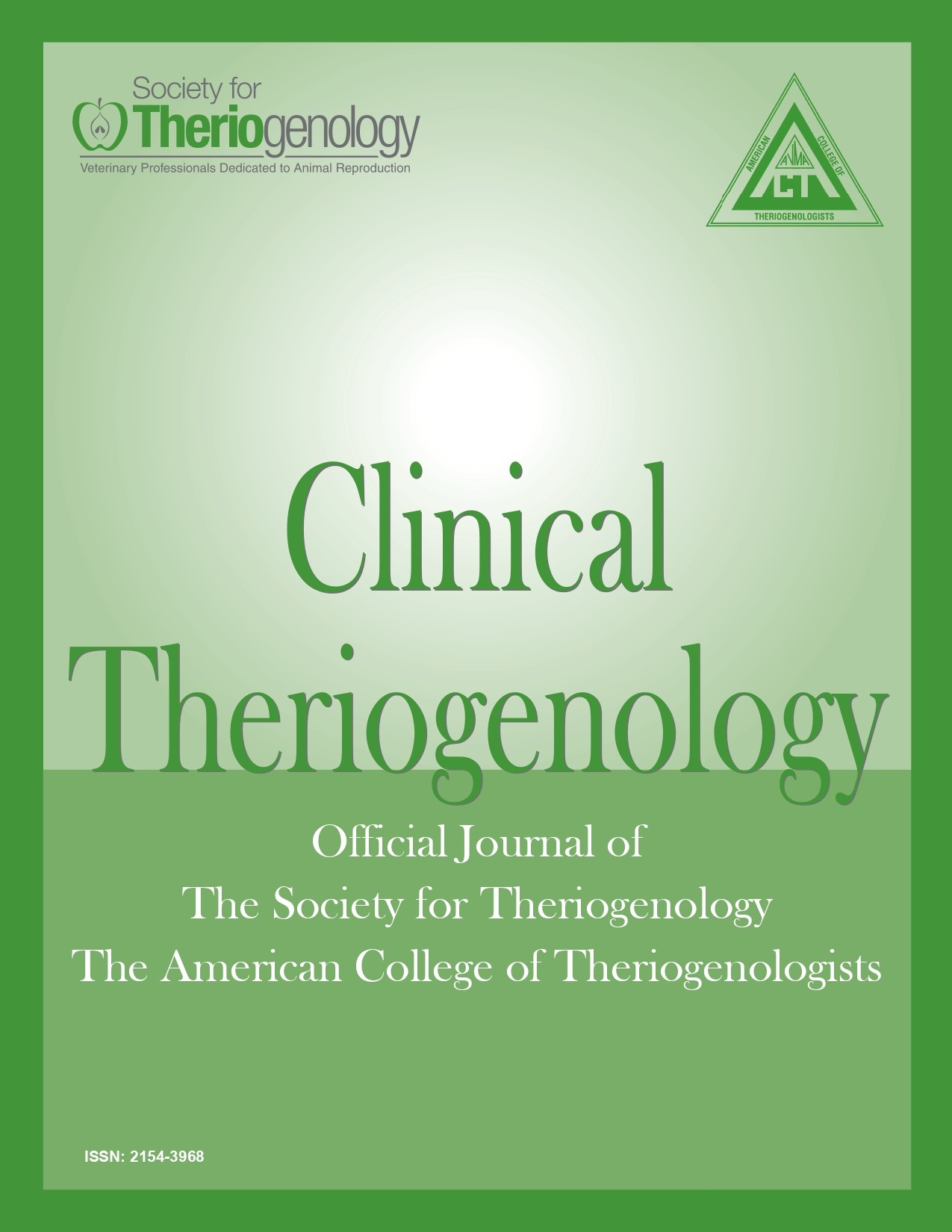Value of specific history and physical examination findings and diagnostic test results for differentiation of benign from malignant prostate disease in dogs
Abstract
Electronic medical records with a final diagnosis of prostate disease were retrieved from the electronic medical record system of a veterinary academic referral hospital. Data gathered included signalment, age at time of admission, clinical signs including gross hematuria, stranguria or dysuria, dripping of bloody fluid from the prepuce unassociated with urination, urinary incontinence and inappropriate urination, rectal tenesmus, and passage of ribbon-shaped stools, and signs of systemic disease. Presence of red blood cells (RBCs) and epithelial cells in urine sediment and of mineralization and regional lymph node enlargement on transabdominal ultrasound also were recorded. Ninety-nine cases were reviewed. The history and diagnostic findings determined to be significantly associated with benign prostatic hyperplasia/hypertrophy (BPH) rather than with prostatic neoplasia were being sexually intact (p > 0.0001) and dripping bloody fluid from the prepuce unassociated with urination (p = 0.007). The history and diagnostic findings determined to be significantly associated with prostatic neoplasia rather than with BPH were being castrated (p < 0.0001), stranguria or dysuria (p < 0.0001), rectal tenesmus (p = 0.0009), systemic signs of disease (p = 0.004), and mineralization of the prostate and regional lymph node enlargement visible with transabdominal ultrasound (p < 0.0001 and p = 0.0002, respectively).
Downloads

This work is licensed under a Creative Commons Attribution-NonCommercial 4.0 International License.
Authors retain copyright of their work, with first publication rights granted to Clinical Theriogenology. Read more about copyright and licensing here.





